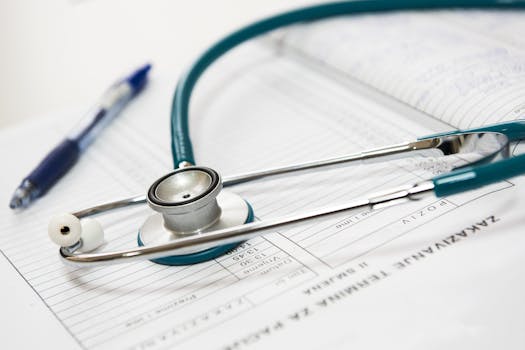The Importance of Regular Checkups for Early Detection of Skin Cancer in People with Moles
Skin cancer is one of the most common types of cancer in the United States, with millions of new cases diagnosed each year. Among the various risk factors, the presence of moles is particularly significant. Regular checkups are crucial for early detection and treatment, especially for individuals with moles, as they can be indicators of skin cancer. This article explores the importance of these checkups, the types of skin cancer associated with moles, and how early detection can save lives.
Understanding Skin Cancer and Moles
Skin cancer primarily manifests in three forms: basal cell carcinoma, squamous cell carcinoma, and melanoma. Melanoma is the most aggressive and deadly form, often developing from existing moles or appearing as new pigmented lesions. Understanding the relationship between moles and skin cancer is essential for effective monitoring and prevention.
Types of Moles
Moles, or nevi, can be classified into several categories:
- Common Moles: Usually harmless, these are small, brownish spots that appear during childhood or adolescence.
- Atypical Moles: Larger and irregular in shape, these moles may have uneven color and can be a warning sign for melanoma.
- Congenital Moles: Present at birth, these moles can vary in size and shape and may carry a higher risk of developing into melanoma.
The Role of Regular Checkups
Regular dermatological checkups are vital for individuals with moles, as they allow for the early detection of any changes that may indicate skin cancer. Here are some reasons why these checkups are essential:
- Monitoring Changes: Dermatologists can track changes in size, shape, and color of moles over time, which is crucial for identifying potential malignancies.
- Professional Evaluation: Trained professionals can distinguish between benign and malignant moles, reducing the risk of misdiagnosis.
- Education on Self-Examination: Regular visits provide an opportunity for patients to learn how to perform self-examinations effectively.
Statistics on Skin Cancer
According to the American Academy of Dermatology, one in five Americans will develop skin cancer in their lifetime. Furthermore, melanoma accounts for about 1% of skin cancer cases but causes the majority of skin cancer deaths. Early detection significantly improves survival rates:
- Stage 1 Melanoma: The five-year survival rate is about 99% when detected early.
- Advanced Melanoma: The survival rate drops to 27% when diagnosed at a later stage.
Case Studies and Real-Life Examples
Numerous case studies highlight the importance of regular checkups. For instance, a 35-year-old woman noticed a change in a mole on her back. After a routine checkup, her dermatologist performed a biopsy, which revealed early-stage melanoma. Because of the early detection, she underwent a simple excision and is now cancer-free.
In another case, a 50-year-old man ignored a changing mole for years. By the time he sought medical attention, he was diagnosed with stage 3 melanoma, requiring extensive treatment. This case underscores the potential consequences of neglecting regular checkups.
How to Conduct Self-Examinations
In addition to professional checkups, individuals should perform regular self-examinations. Here’s how:
- Use the ABCDE Rule: Check for Asymmetry, Border irregularity, Color variation, Diameter larger than 6mm, and Evolving changes.
- Examine All Areas: Don’t forget to check areas that are often overlooked, such as the scalp, between toes, and under nails.
- Document Changes: Keep a record of your moles and any changes you notice over time.
Conclusion
Regular checkups for individuals with moles are not just a precaution; they are a vital component of skin cancer prevention and early detection. With skin cancer rates on the rise, understanding the importance of monitoring moles can lead to timely interventions that save lives. By combining professional evaluations with self-examinations, individuals can take proactive steps toward maintaining their skin health. Remember, early detection is key, and regular checkups can make all the difference.
